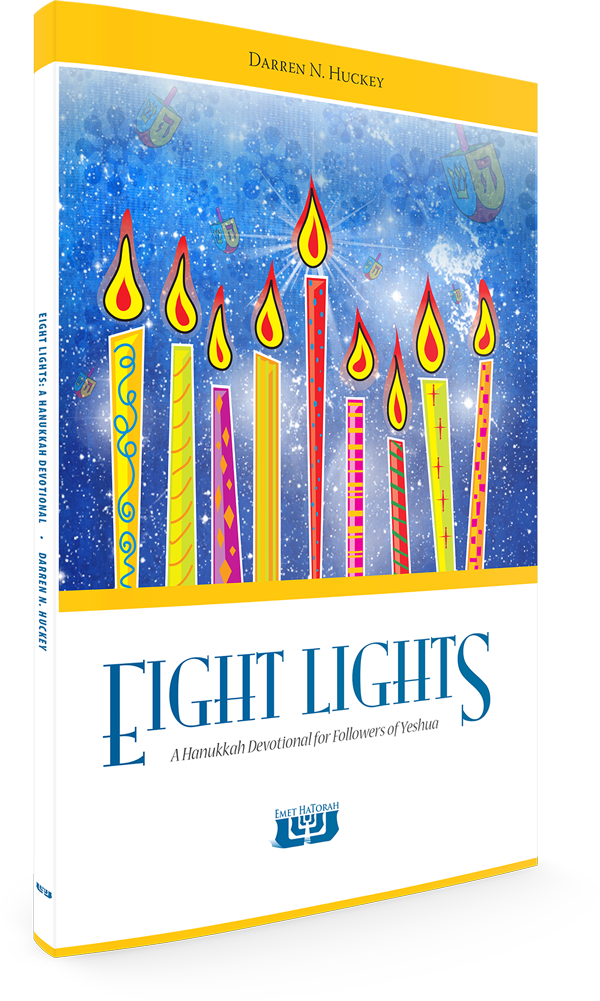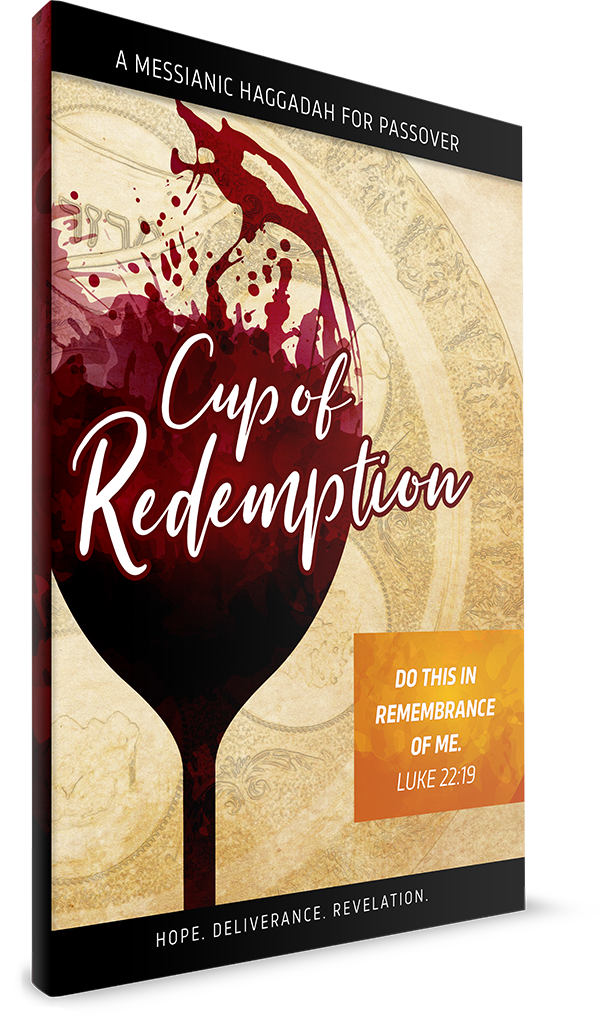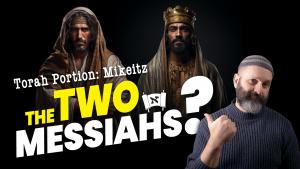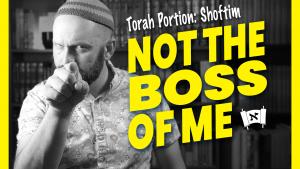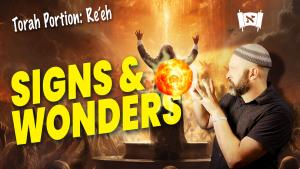Parashat B'reisheet - Genesis 1:1-6:8
Series:
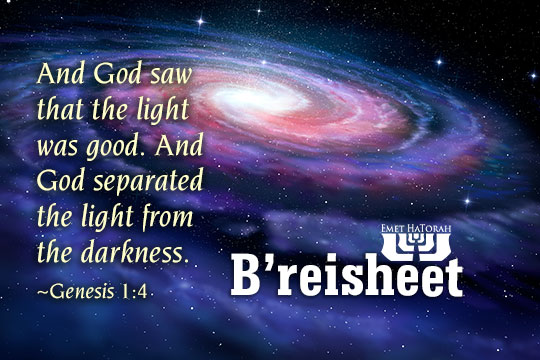
Parashat B’reisheet is always filled with fascination and intrigue whenever we study it. There are so many facets of the Creation account to explore that it would take a lifetime to begin unraveling them. For instance, on the first day of Creation, we read about the creation of light:
And God said, “Let there be light,” and there was light. And God saw that the light was good. And God separated the light from the darkness. God called the light Day, and the darkness he called Night. And there was evening and there was morning, the first day. (Genesis 1:3–5)
Although light is created on the first day, the sun, moon and stars are not created until the fourth day. If these luminaries were not created until the fourth day, then what was the light that illuminated the first three days? Fortunately, we have insights of our sages from the last two millennia that help us peer into the deep mysteries of these events. When Rashi, the famous medieval commentator, read this passage his response was that it cannot be properly understood without outside commentary, particularly the midrash.
What does the midrash have to say about this passage? It has more than we have time to cover here. But the main concept we need to understand is that this light that was first spoken into existence is unique and distinct from the light produced by the luminaries. It was a special, pure light that radiated from God himself. The Torah gives us a clue about the quality of this light when it says, “And God saw that the light was good.” It was the first of all Creation to have this special designation of “good.” According to Rabbi Elazar, in a midrash called Yalkut Shimoni, the light that God created on the first day was used by Adam to look from one end of the universe to the other. It was something extremely special.
Because of its uniqueness, its sanctity was more than a soon-to-be fallen world could handle. Therefore, the Torah tells us that “God separated the light from the darkness.” The midrash explains that this separation was not merely an untangling of light from darkness, but its complete removal. Where did this light go? The midrash tells us:
It is stored up for the righteous in the Messianic future, as it says (Isaiah 30:26), “Moreover the light of the moon shall be as the light of the sun, and the light of the sun shall be sevenfold, as the light of the seven days.” (Genesis Rabbah 3:6)
For now, that light continues to be hidden away “until the time of reformation” (Hebrews 9:10). When it is returned to the earth the New Jerusalem will shine forth this light to all of creation, as it is said, “The city has no need of sun or moon to shine on it, for the glory of God gives it light, and its lamp is the Lamb” (Revelation 21:23). Darkness will be vanquished and the supernal light of Creation will return to illuminate the world forever, as it says, “And night will be no more. They will need no light of lamp or sun, for the Lord God will be their light, and they will reign forever and ever” (Revelation 22:5).
As we longingly await its arrival, let us continue to shine forth the light of the Torah and of our Messiah so that the world will see our good deeds—a glimpse of this supernatural light—and glorify our Father in Heaven. One day the True Light will be revealed in all of its glory. Until then, may our actions be a reflection of its splendor.

